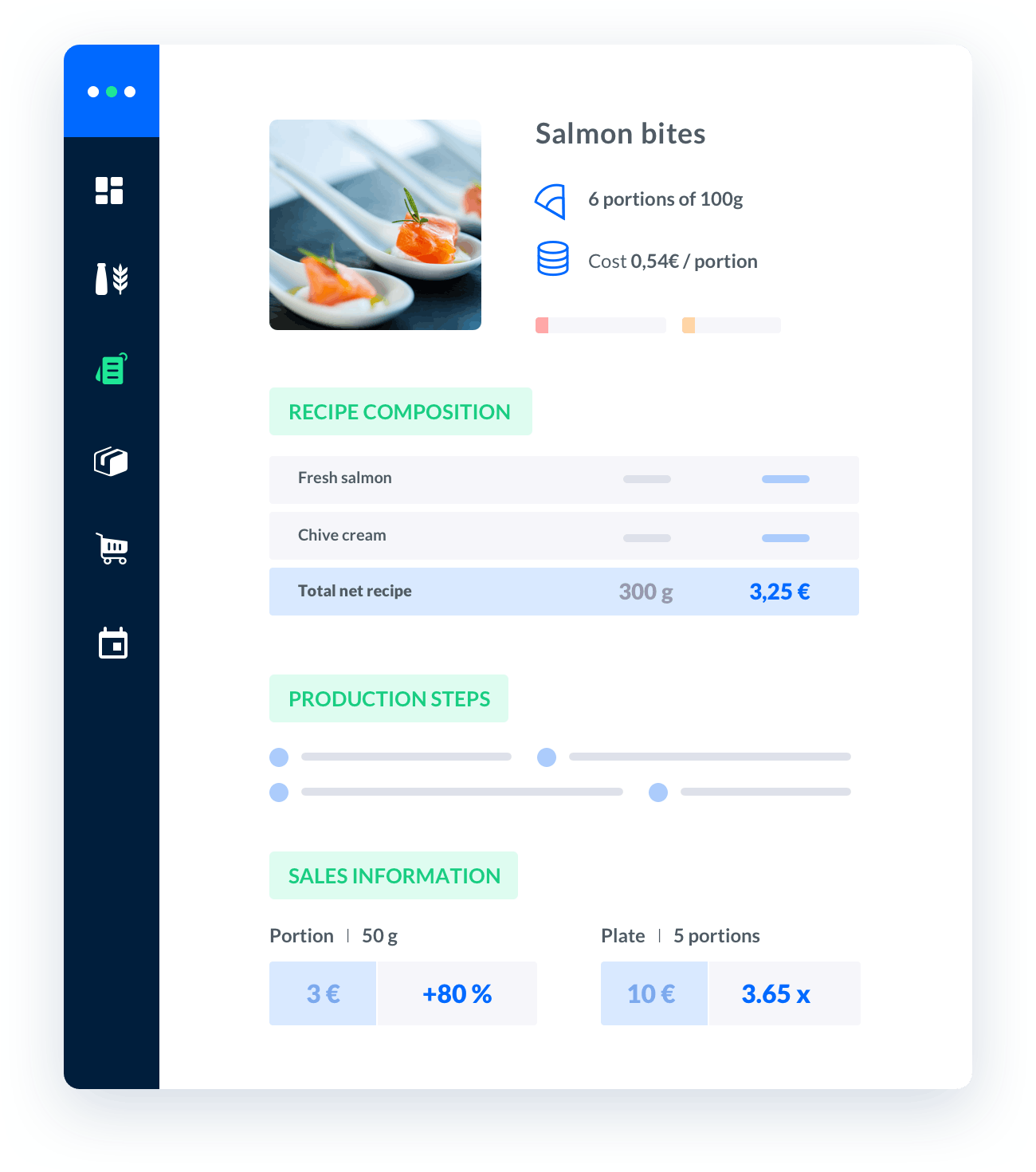food delivery fee calculator
Food Delivery Fee Calculator: Determining the Cost of Delivering Delicious MealsIntroduction.In today's fast-paced world, the convenience of food delivery has become an essential service for many individuals and families.

Melba: the food cost app to optimize the profitability of your restaurant
Discover how to optimize the profitability of your restaurant with melba

The ultimate guide to food cost restaurant
Learn more about the food cost basis and how to reduce your food cost percentage
Food Delivery Fee Calculator: Determining the Cost of Delivering Delicious Meals
Introduction
In today's fast-paced world, the convenience of food delivery has become an essential service for many individuals and families. As a professional in the catering industry, it is crucial to understand how to calculate food delivery fees accurately. This comprehensive guide will provide you with valuable insights and practical tips to determine the cost of delivering delectable meals to your customers.
Factors Influencing Food Delivery Fees
The cost of food delivery is affected by various factors. By considering these key elements, you can ensure that your delivery fees are well-calculated and fair:
1. Distance
The distance between your establishment and the customer's location plays a significant role in determining the delivery fee. Typically, the farther the distance, the higher the fee. This is primarily due to the additional time, fuel, and resources required to reach the destination.
2. Delivery Method
The mode of delivery also affects the overall cost. Whether you have an in-house delivery team or rely on third-party delivery services, such as courier companies or online platforms, it is essential to consider the associated fees. In-house delivery may involve vehicle maintenance and staff wages, while third-party services often charge a commission or a fixed fee per order.
3. Order Size
The size of the order can impact the delivery fee as well. Larger orders may require multiple trips or additional packaging, which can increase the overall cost. On the other hand, smaller orders may have a minimum order value or a flat fee to cover the operational expenses associated with delivery.
4. Time of Delivery
The time of delivery can also influence the delivery fee. Delivering during peak hours or outside regular business hours may incur additional charges. This is because it may require additional resources or staff availability to fulfill orders during these times.
Calculating Food Delivery Fees
To calculate food delivery fees accurately, it is essential to have a systematic approach. Here's a step-by-step process to help you determine the cost of delivering your culinary delights:
Step 1: Define Your Base Delivery Fee
Start by establishing a base delivery fee. This fee should cover the basic costs associated with delivery, such as fuel, vehicle maintenance, and staff wages. Consider factors like distance, average time spent on deliveries, and the resources required to arrive at an appropriate base fee.
Step 2: Incorporate Distance-Based Charges
Next, factor in distance-based charges. Determine the distance between your establishment and the customer's location using reliable mapping tools. Assign a predetermined fee per mile or kilometer to account for the additional resources required to travel longer distances.
Step 3: Consider Order Size and Complexity
Take into account the size and complexity of the order. For larger orders, consider implementing a tiered pricing system where the delivery fee increases gradually based on the order's total value. This approach ensures that the fee reflects the additional effort and resources required to deliver larger orders.
Step 4: Evaluate Delivery Method Costs
If you rely on third-party delivery services, calculate their fees or commissions and incorporate them into the overall delivery cost. If you have an in-house delivery team, evaluate the costs associated with maintaining vehicles, providing staff benefits, and any other delivery-related expenses.
Step 5: Account for Time-Based Charges
Consider implementing time-based charges to cover peak hour or off-hours deliveries. Determine the additional costs associated with delivering during these periods and establish a fair surcharge accordingly. This approach ensures that the fee accurately reflects the resources required during non-standard hours.
Transparent Pricing and Customer Communication
Transparent pricing is crucial for building trust with your customers. Ensure that your delivery fees are clearly communicated and readily available to your customers. Display the fees on your website, mobile apps, or any other ordering platform you may use. This transparency will help customers make informed decisions and avoid any surprises when it comes to delivery charges.
By following these guidelines and implementing a fair and transparent food delivery fee structure, you can provide excellent service while covering your costs effectively. Remember, it's essential to regularly review and adjust your delivery fees as your business evolves to ensure they remain accurate and reflect the true cost of delivering your culinary creations.
We hope this comprehensive guide has provided you with valuable insights into calculating food delivery fees. With accurate fee calculations, you can continue to offer exceptional food delivery services that delight your customers while maintaining a profitable catering operation.






